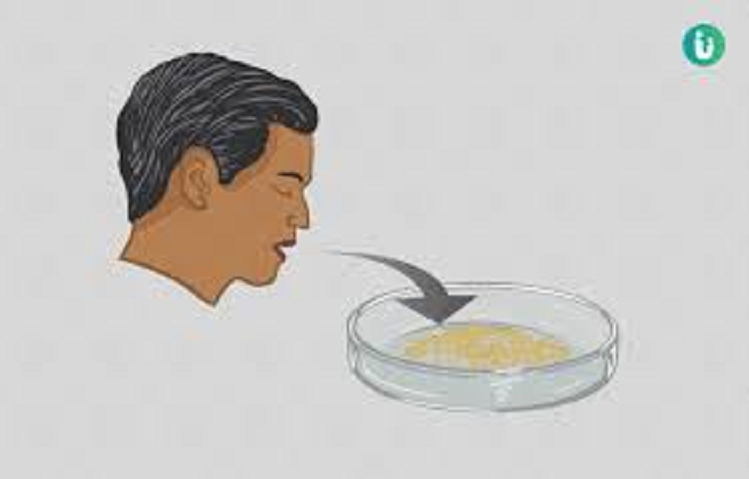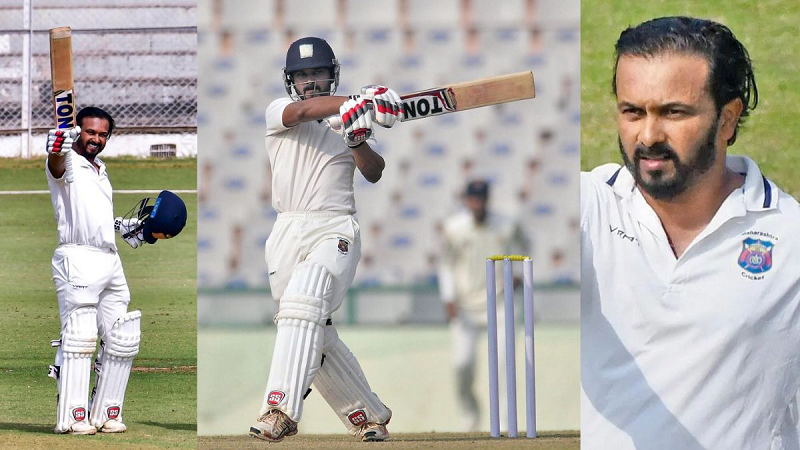The poisonous air of Delhi-NCR is a serious problem, which is posing a threat to people's health. The pollutants present in this poisonous air can cause serious damage to the lungs. Pollutants like sulfur dioxide, nitrogen oxide, particulate matter (PM) and ozone are mainly found in the air of Delhi-NCR. These pollutants can cause inflammation in the lungs, causing problems like shortness of breath, cough, and chest pain.
Dr. Vigyan Mishra, Chief of Noida-based Lab-Neuberg Diagnostics, says that many common tests can be done to monitor and evaluate the health of the lungs. These tests are essential for prompt detection and effective management of lung-related problems.
Pulmonary Function Test (PFT)
PFT is a series of non-invasive tests that measure how well your lungs are working. They assess vital lung parameters, such as lung capacity, air flow and oxygen exchange. These tests are important for diagnosing conditions like chronic obstructive pulmonary disease (COPD), asthma and restrictive lung diseases.
Chest X-ray
X-rays are often the first step in assessing the health of the lungs. They can detect a wide variety of lung conditions, including infections, tumors, and structural abnormalities. Regular chest X-rays can help in early detection of lung problems.
Computed tomography (CT) scans
CT scans provide more detailed images of the lungs, allowing smaller abnormalities or diseases to be detected in their early stages. They are particularly useful in assessing lung cancer and complicated lung infections.
Arterial Blood Gas (ABG) Test
This test measures the levels of oxygen and carbon dioxide in your blood. This is important in evaluating how well your lungs are oxygenating your body and removing carbon dioxide. ABG tests are often used in intensive care units and emergency situations.
Sputum culture (sputum test)

If you have symptoms of a lung infection, your doctor may recommend a sputum culture. This test analyzes the mucus you cough up for the presence of bacteria, viruses, or fungi, which helps determine the specific cause of infection.
Photo Credits: Google










